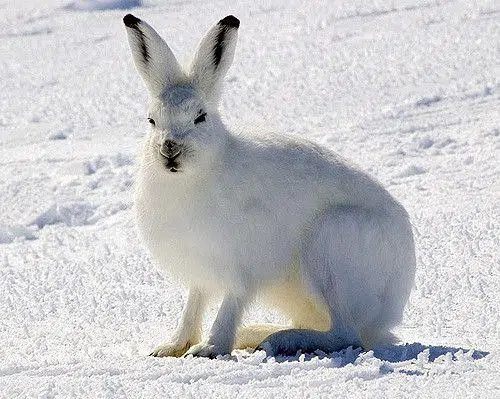Welcome to animals and wildlife in Prince Edwards Island!
Prince Edward Island has a wide variety of national parks. Where several dunes, salt marshes, coastal land, sandstone cliffs, and beaches exist. And in PEI you can find Prince Edward Island National Park.
This park is around 60 km long and has a width of about 700 meters to some kilometers. PEI National Park is situated on the north shore—beaches at Prince Edward Island help in providing suitable habitats for various animals and wildlife.
Click below to jump to any section on animals in Prince Edward Island:
Skunk
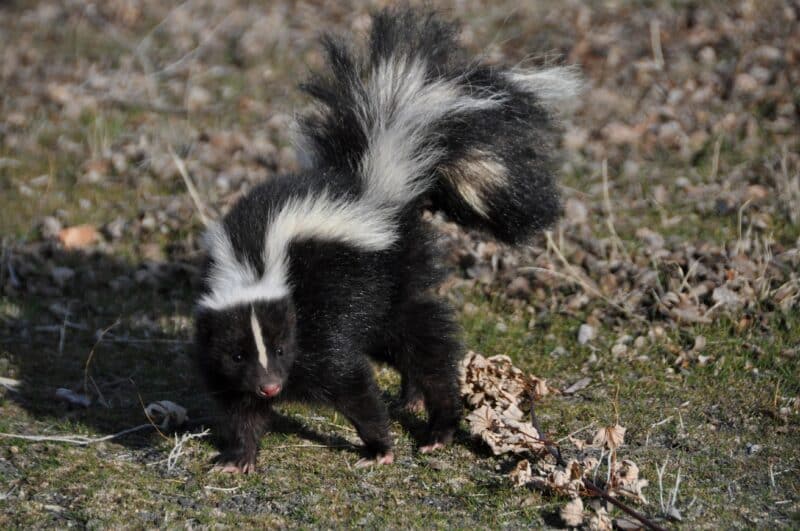
Skunks have strips on their back and are well known for a foul smell from their buttocks ends. They are curious animals found very commonly on Prince Edward Island, with black & white color stripes on their back. People usually distance themselves from these animals because of their curious nature and the foul smell of their butts.
A new virus has also been discovered in chunks recently, called skunks adenovirus, which led to the death of many striped skunks in the Prince Edward Island region. This virus is spotted in other animals like grey foxes, porcupines, raccoons, marmosets, etc.
They are 3-15 pounds in weight. Female skunks are 15 percent size smaller in size than male skunks. During the autumn, they become fat as they start hibernating, which appears from February to March. They usually eat meat and vegetables.
They are omnivorous and eat plants, animals, and insects. They eat beetles, crickets, and grasshoppers during the spring and summer. They also help farmers as they use rats, mice, worms, and grubs. They breed in March and can lay up to five or six baby skunks.
But it can be 12 in number. Baby skunks are born in April or May; when a cub is one month old, mom and baby start searching for food together. During the summer season, baby skunks stay with their mother. They are slow and can run up to 14 kilometers per hour.
Where can we find Skunks on Prince Edward Island?
They are primarily found in the summer season. In the winter, they hibernate with their babies or families. They are mainly found in farmlands and forests. They are found in the Northwest Territories of PEI, the north region, and Prince Edward Island National Park.
Barn Swallow
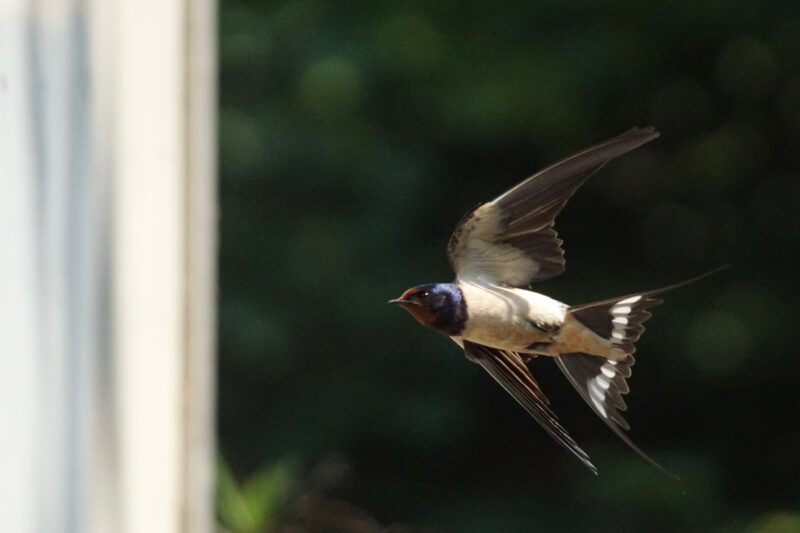
Barn swallows are named swallows because they are one of the most common birds which swallow food directly. They are widespread, with a range of 251 million square kilometers of area, and they are found in other regions like America, Asia, Africa, and Europe.
Around six subspecies of barn swallow birds live near the northern hemisphere region. They are not marked as endangered species as they are found in a wide range. They use structures mused by humans for breeding and start spreading as the humans expand. They live in mud nests in a cup shape, and they catch insects when they fly.
They live very close to humans, and humans highly accept their habit of eating insects in nature as they help in farming. They live near the area with water but can also be found near farmland, meadows, etc. They are very similar to other birds in their habitat or aerial animals. They are not fast-flying birds but can fly up to 40 km/hr to 72 km/hr. Their eggs are pinkish-white or creamy with brown, grey, or lavender spots.
Male barn swallow birds came to the ground location to select the site nest for breeding before the female barn swallow came. Male bird attracts female birds by singing songs and circling light. Some barn swallow birds use their tail-length streamers to attract female birds. Males with long feather tails lives longer in age and are more immune to disease, and females get this fitness advantage indirectly from the male selection.
Where we can find Barn Swallows on Prince Edward Island
They are mainly found in areas where they find water, near farmlands; they make nests in old buildings so that they can be found in urban regions. They are very close to humans as they eat an insect that helps farmers grow crops and fertile soil.
Blue Jay
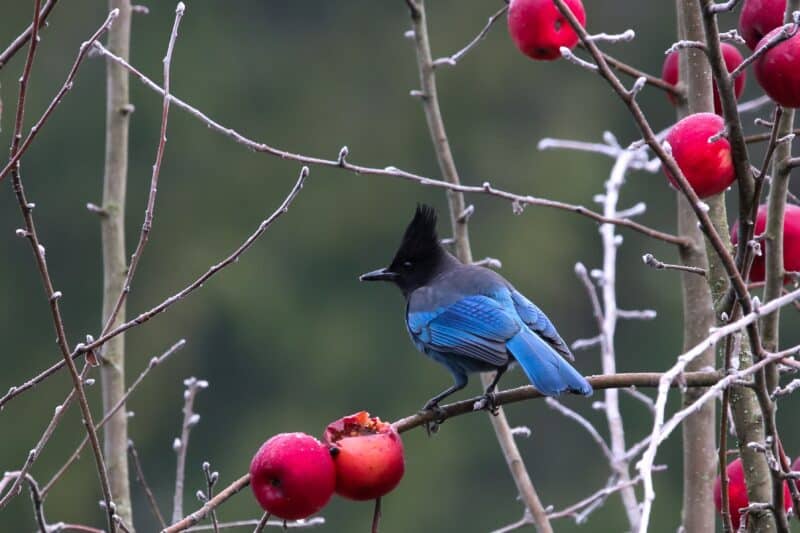
In 1977, the blue jay was marked as a provincial bird of Prince Edward Island. Their hood is sky blue, which helps in quickly recognizing them. Tail feathers and wings are sky blue, and horizontal black arcs are found near the tips of branches and long tails.
The breast and throat are white. They can be seen on Prince Edward Island throughout the year. They live in woodland regions where they feed and raise their young ones. During autumn, they prepare food like seeds, suet, and grains for winter. The face of Blue Jay is white.
The collar is thick and black with black color patches on the forehead. Eyes are black, and both male/female blue jays look similar. Some males are more prominent, but the app’s proximate length is around 30 cm.
They can easily copy other sounds and can have a variety of calls. The name has the word “Jays” because they have a boisterous nature; generally, “jay” means a person who can talk no stop, just like a “chatterbox.” They mainly live in woodland areas where woods are extensive in quantity, and they can also be found in urban areas or places where people use to feed birds.
They are omnivorous. They ear eggs, little birds’ babies. Majorly they used to eat seeds, fruits, and acorns. They also eat various species of insects. Both males and females used to create their nests on trees, and litter can also be found inside the nest. They lie around six eggs in a season from light green to beige, and both parents incubate the eggs and feed the baby blue jays.
They are also found in the southern part of Canada, along with some of the regions in the USA. They are easily found in PEI regions and are not marked as risky animals. Due to their unique color, visitors and tourists can easily recognize them. They do not walk but can hoop on the surface. They love to eat sunflower and store it in their throat sack, which they use as a future meal during the winter or when required based on the situation and environmental changes.
Where can we find Blue Jays on Prince Edward Island?
Blue Jays are one of the most commonly found birds in Prince Edward Island, and due to their attractive blue color, visitors love to visit the PEI region. They are found throughout the years, mainly near water, woodlands, or farm fields. They are primarily seen in the summer as they collect food in their throat sacks for the future or winter.
Snowshoe Hare
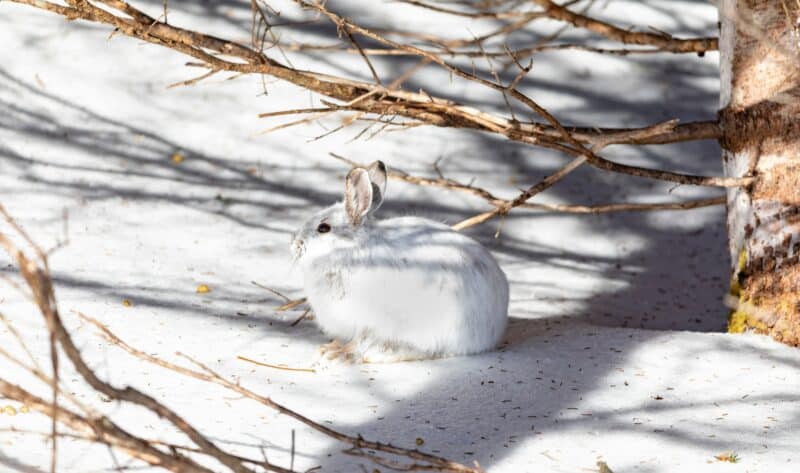
The scientific name of the snowshoe hare is Lepus Americanus which is found in most parts of North America. The front ports of the snowshoe hare are huge; they are named snowshoes, and these big feet help them sink into snow when they walk or hop in snow. They also have fur below their foot, which allows them in the winter.
Their fur changes color as the season changes. In the winter, they are white; in the s summer, they are rusty brown. On the edges of the ears, they have black tufts. They have short ears as compared to other hare species. They eat grass, leaves, and ferns in the summer, and in the winter, they eat trees, bark, twigs, and other hair; they can also eat dead animals but are rarely found. They usually eat in small groups. They do not hibernate and are mainly active during nighttime.
In the breeding season, the males ultimately attack females, and female hares can breed with more than one male hare. Canada lynx are the predators of snowshoe hares. They are majorly found in forests, which are spread in areas and can have 6-8 months of the winter season (snowfall majorly), and trees can be an average height of 5 meters in deep shrub areas.
They are timid and spend their time around ferns, clumps, brushes, and timber piles. The young hare is more active than the adult hare, and they have it throughout the year. Their breeding season varies as per environmental changes like the new location, new crops in farms, latitude, and weather changes. But generally, breeding starts at the end of December, from January to July to August.
Where we can find Snowshoe Hare on Prince Edward Island
They are majorly found in forests, which are spread in areas and can have 6-8 months of the winter season (snowfall majorly), and trees can be an average height of 5 meters in deep shrub areas.
Black Billed Cuckoo
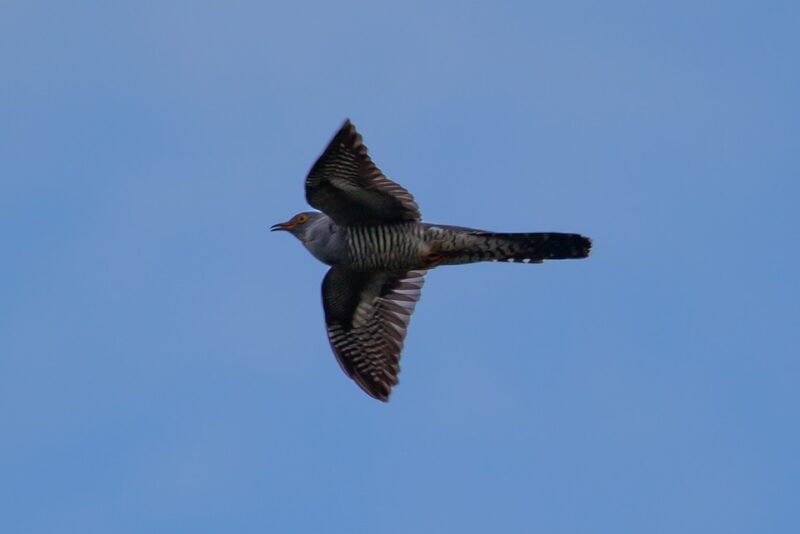
There are two species of cuckoo found on Prince Edward Island. The Yellow Cuckoo and the Black Billed Cuckoo. Black Billed Cuckoos are long and have brown color upper body parts and underparts are where in color.
They have dark eyes with red color rings. Talking about their length, they are 30 cm long, with their tail covering their distance approximately half the size. Visitors can hear their voices at night times or during rainy seasons. They are mainly found in wetlands, new forests, or dense forest sets where they can find many shrubs to eat.
They eat spiny insects and caterpillars. Some birds usually remove their prey spin, but they used to eat spine. They are not at the very top but near the ground region and shrub areas. In the breeding season, they lay two to three green-blue eggs that are bated by for mother and father.
Both parents feed their baby cuckoo. They are mainly found in the east part of the Rockies to the South of Canada and around the USA (Northern Region) as they mainly breed in Prince Edward Island but are scarce in this region.
Their population level may vary and change in territory and diet; an interesting fact about these birds is that they are straightforward to hear rather than view. They have two toes that are backward in direction, and these back-direction toes help them easily roam over shrubs or trees.
Where we can find Black Billed Cuckooin Prince Edward Island
They are mainly found in the east part of the Rockies to the south of Canada and the USA (north region) as they mainly breed in Prince Edward Island, but they are scarce in this region. Their population level may vary wary change sin therein their diet, diet, The excellent time to hear about both species is evening time in mid from April to June month.
Red Spotted Newt
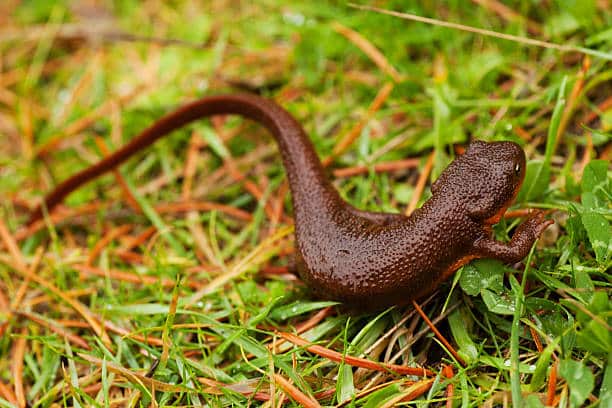
Read spotted newt is also known as the subspecies of Eastern Newt. They are brown, olive in green, with dark dots and red spots on their back. There are black spots on the belly, and it’s yellow. They are bright red or orange links and orange or red spots.
They have gills at the back of their head, tail fin, and legs. They can be up to 14 cm in length. There are two subspecies of newts. One is red-potted, and the other is a central newt. But both these species are very different, and they are not similar. Red-spotted newts as giant natural ones and have significantly fewer. Their skin is rough and is mainly found in coastal grooves.
Their tail is compressed. They are found in many other regions except Prince Edward Island, in Nova Scotia, Georgia, Alabama, northeast of USA. Adults and larvae are found in ponds, sloughs, slow streams, wetlands, and pools. They find a wide variety of habitats, and in those habitats, they find a large number of vegetation located less in forest regions.
They can also be found in wet meadows, backyards with some natural habitat, and old abundant fields. They are found mainly in the winter season and spend most of their time in the winter season in the water and majorly active in the winter season too. They hibernate in wetlands and underground areas like dead logs of trees.
They breed in the spring season, and female red-spotted newts lay around 200-375 eggs for a time for of about two to three weeks, based on the temperature. During the summer or in the LA, the ride will be a young newt in some time; he can direct you to turn into an adult. The young ones took around two to seven years to start their habitat in aquatic.
They have a life span of around 15 years. They eat a wide variety of aquatic insects or ground insects as prey. Their habit is much affected by human-making changes of wetlands into agricultural farms and changes in urban land; these all things significantly affect their habitat, and their population is marked as under threat. Even climate change can also affect their habit, directly affecting their people and diet and making their survival hard.
Where we can find Red-spotted Newts on Prince Edward Island
They find a wide variety of habitats, and in those habitats, they find a large number of vegetation located less in forest regions. They can also be found in wet meadows, backyards with some natural habitat, and old abundant fields. They are found mainly in the winter season and spend most of their time in the winter season in the water and majorly active in the winter season too.
Summary of Animals and Wildlife on Prince Edward Island
Prince Edward Island is very famous for its wildlife and is very close to nature due to its dense forest, beautiful mountains, and snow areas. Around 1300 species of plants are found in the PEI region, and PEI land is full of beautiful natural diversity.
If you enjoyed reading about the animals and wildlife on Prince Edwards Island, check out animals in Pennsylvania and Saskatchewan next!
- Animals and Wildlife in Colorado - April 24, 2024
- Best Places to see Sloths - April 24, 2024
- Where to See Alligators in the Wild - April 24, 2024

